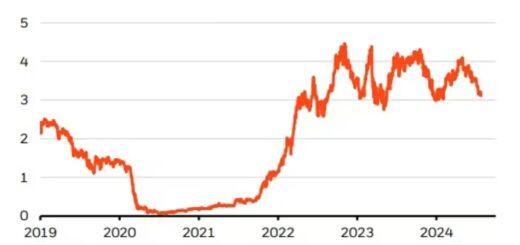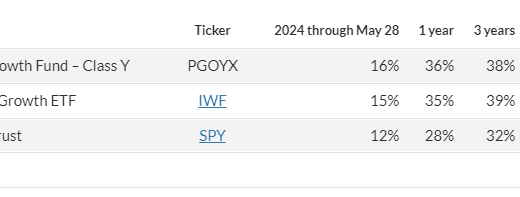Dalio’s Assessment: Stock Market Resists Bubbling Tendencies
In evaluating the U.S. stock market with these parameters, Ray Dalio, founder of Bridgewater Associates, suggests that it doesn’t appear excessively bubbly, despite notable rallies and media attention on specific segments.
Stocks have surged significantly since their October lows, marking four consecutive months of gains and propelling both the S&P 500 and Dow Jones Industrial Average to consecutive record highs. This surge, primarily driven by a narrow focus on technology, has prompted discussions about a potential bubble reminiscent of the late 1990s dot-com boom and subsequent bust.
However, Dalio argues in a recent LinkedIn post that concerns about a bubble may be misplaced, citing his six-part checklist to assess the situation.

He elaborates on his criteria for the “bubble gauge” as follows:
- High prices relative to traditional valuation measures, such as comparing present cash flow values with interest rates over the asset’s duration.
- Identifying unsustainable conditions, like projecting past revenue and earnings growth rates late in the economic cycle when capacity constraints suggest such growth cannot be sustained.
- Noting the influx of new and inexperienced buyers attracted to the market’s recent upswing, contributing to a perception of a hot market.
- Observing broad bullish sentiment among investors.
- Identifying a significant portion of purchases financed through debt.
- Noticing an abundance of forward and speculative purchases made to capitalize on anticipated price increases, such as excess inventories or contracted forward purchases.
Based on Dalio’s equity bubble gauge, the current market situation falls within the middle range, at the 52nd percentile, a level historically not associated with past bubbles.
Regarding the “Magnificent Seven,” the group of mega-cap tech stocks fueled by enthusiasm over artificial intelligence, Dalio acknowledges their notable surge, with their combined market capitalization growing over 80% since January 2023, now representing more than a quarter of the S&P 500’s total market capitalization.
Dalio suggests that while these stocks may appear somewhat inflated, they do not reflect a full-fledged bubble. Valuations, while slightly high relative to current and projected earnings, are not excessively so, and sentiment does not indicate extreme bullishness. Furthermore, there’s no evidence of excessive leverage or an overwhelming influx of new and inexperienced buyers.
However, Dalio cautions that a significant correction in these stocks could occur if the anticipated impact of generative AI fails to materialize as priced in.




